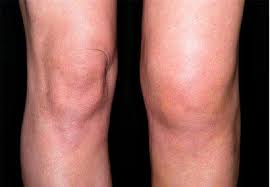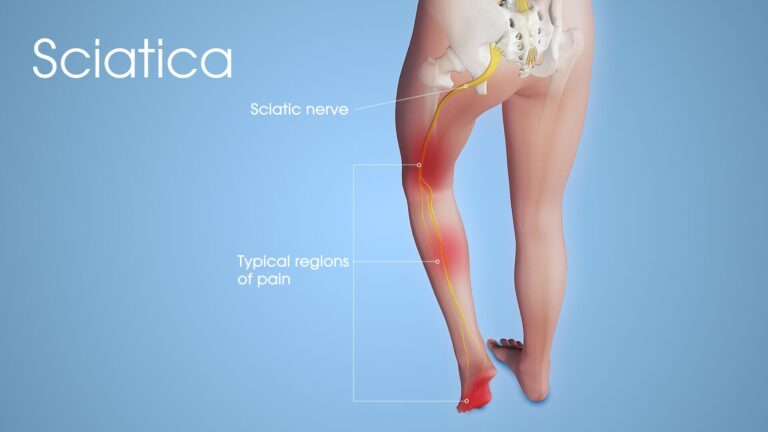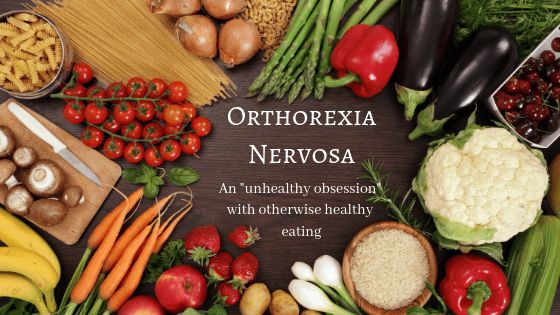When you hear of a spur, what comes to mind is a sharp protrusion. So, what is a calcaneal/heel spur and is there a permanent treatment for it? This is a bony outgrowth that can occur on the underside of a person’s foot. They are also known as heel spur or osteophytes.
Heel spurs may be pointy, hooked, or shelf-like. The outgrowth of a heel spur extends from the underneath of the heel towards the arch (the middle of the foot). This area of the foot is called the plantar fascia.
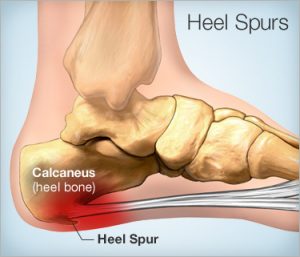
How long will these heel spurs last? When are they going to go away?”
Well, here’s the honest answer: Unless we remove them surgically, they will never go away.
I know, that sounds bad. But before you freak out, there are a few other important things you should know. And the most important one is this: just because you have a heel spur doesn’t mean that heel spur is causing pain.
In the vast majority of cases, you don’t get heel spurs unless you have a bad case of plantar fasciitis first. In this condition—which is the actual most common cause of heel pain—the strong plantar fascia ligament on the bottom of the foot becomes overstressed, overstretched, and inflamed. This causes it to “pull away” from the point where it attaches to the bottom of the heel bone, leaving a “gap.”
Your body’s attempt to fix this problem is, essentially, to create new bone. Hard deposits of calcium get left on the surface of the heel bone, filling in the space where the fascia used to be. If your plantar fasciitis is untreated for a long period of time, the spur could reach half an inch in length or more!
Although heel spurs are often painless, they can cause heel pain. They are frequently associated with plantar fasciitis, a painful inflammation of the fibrous band of connective tissue (plantar fascia) that runs along the bottom of the foot and connects the heel bone to the ball of the foot.https://www.webmd.com/pain-management/heel-spurs-pain
Calcaneal/heel spur symptoms can include:
- sharp pain like a knife in the heel when standing up in the morning
- a dull ache in the heel throughout the rest of the day
- inflammation and swelling at the front of the heel
- heat radiating from the affected area
- small, visible bone-like protrusion under the heel
- point of tenderness at the bottom of the heel that makes it hard to walk barefoot
Risk factors – Calcaneal spur causes
- Walking gait abnormalities,which place excessive stress on the heel bone, ligaments, and nerves near the heel
- Running or jogging, especially on hard surfaces
- Poorly fitted or badly worn shoes, especially those lacking appropriate arch support
- Excess weight and obesity
If you’re a healthy person who is older than 45, you might be wondering what’s causing the pain in your heels. Unfortunately, many people who wind up with painful osteophytes, or bone spurs, discover that they have been living with osteoarthritis.
Osteoarthritis, a degenerative joint disease, is the most common form of arthritis.It occurs when cartilage begins to break down in the joints. As cartilage wears away, there is less cushioning between the bones that come together at the joint. As a result, bone spurs develop as the body’s way of trying to repair the lost cartilage. These bone spurs can exert pressure on the joint and cause pain.
Other risk factors associated with plantar fasciitis include:
- Increasing age, which decreases plantar fascia flexibility and thins the heel’s protective fat pad
- Diabetes
- Spending most of the day on one’s feet
Calcaneal/heel spur treatment or management- Helpful tips
Stretches – Stretches for the calf and surrounding muscles as well as the plantar fascia can help to reduce strain and pressure on the heel spur. Some helpful stretches include foot flexes.
Shoes and orthotics – Comfortable and well-fitting shoes can reduce the amount of pressure on the heel spur. This pressure can cause pain and discomfort. Here’s what to look for when evaluating a shoe for comfort when you have a heel spur:
- Firm heel support: The back “counter” of the shoe should be firm in order to support the heel and prevent your foot from rolling inward or outward.
- Moderate flexibility: A shoe shouldn’t be so easy to flex that it’s collapsible. However, the shoe should have a gradual bend that has some resistance when your foot is flexed or bent.
- Slightly elevated heel: A heel insert or shoe that has a slightly elevated heel (no more than 1 inch high) can help take pressure off your painful heel.https://www.healthline.com/health/heel-spur
Corticosteroid injections – Corticosteroid injections don’t cure your heel spur, but they can help with some of the pain the heel spur causes. To perform the injection, your doctor will usually apply a numbing medicine to reduce any discomfort at the injection site. While the injection site can vary, most doctors will inject the medication on the inner or middle portion of the heel instead of the very bottom of it.
Foods to avoid when having plantar Fasciitis
Plantar fasciitis can actually get worse when certain foods are consumed in excess, including:
- Animal protein sources with too much saturated fat, such as red meat
- Prepared foods with refined grains, sugar and trans-fats
- White flour that you find in pasta, snacks and desserts
- Vegetable oils with a lot of omega-6 fats such as corn, soybean and sunflower oils
Supplements that help
Collagen with Magnesium
By supplementing your body’s supply of collagen with the Collagen peptides with Magnesium supplement, your body can heal damaged tissue faster which can help with the plantar fascia. In addition, an ample supply of collagen enables our bodies to repair the worn out cartilage that is characteristic of osteoarthritis, therefore reversing the condition fully, over time.
Click here to Buy Now!

Turmeric curcumin with black pepper capsules
Plantar Fasciitis is associated with inflammation and pain. Turmeric curcumin with black pepper has been known for its anti inflammatory and pain relieving properties. Taking these capsules in combination with collagen boosts the process of healing.
If you would like to buy them together to take for a month, you can request half the dose of turmeric curcumin by contacting us.
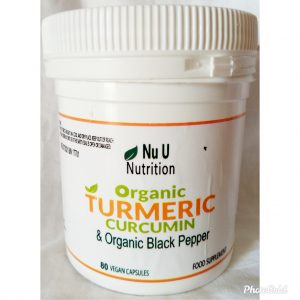

Knowledge is power. We believe in helping prospective buyers make an informed decision before purchase. We also invest time on researching quality supplements with a proven record that will show results to my esteemed clients.
